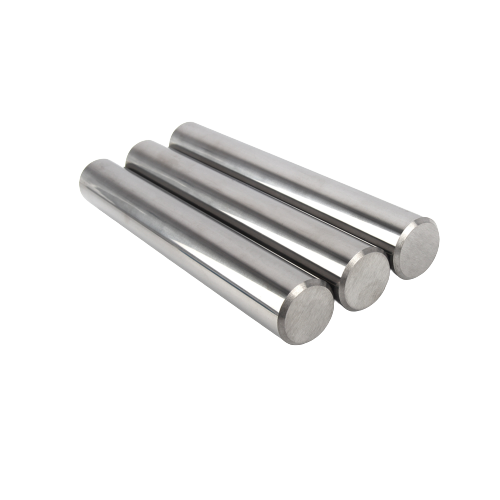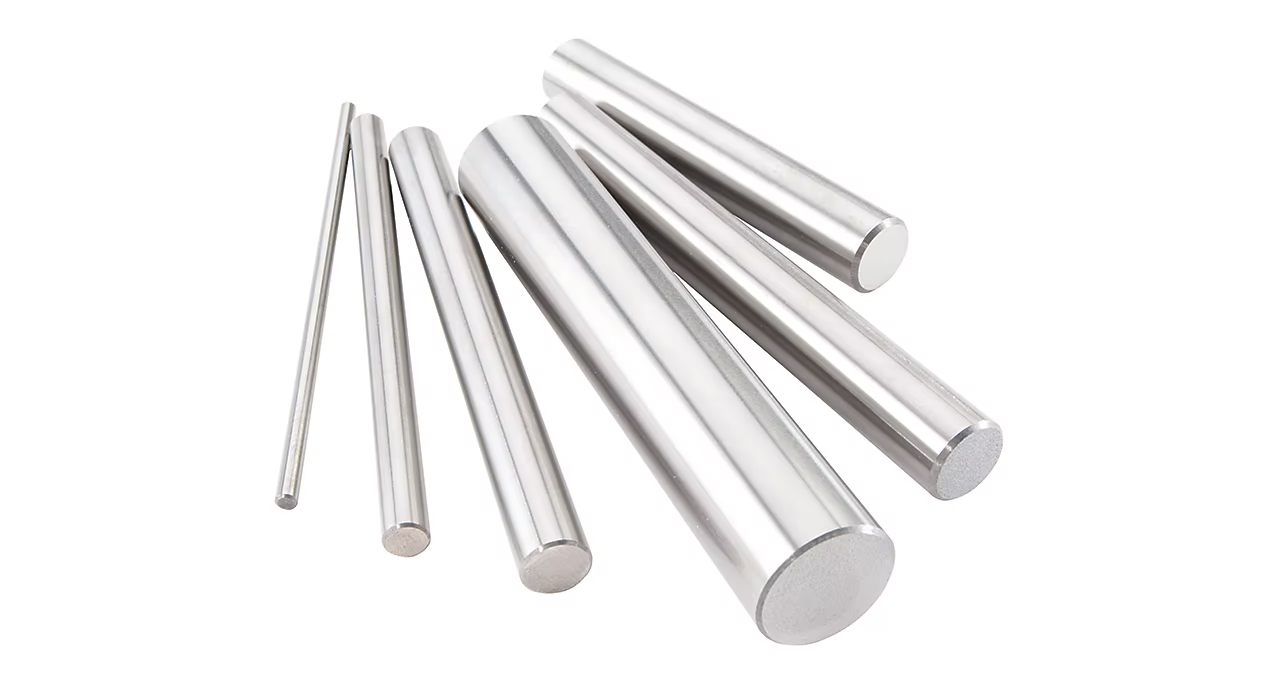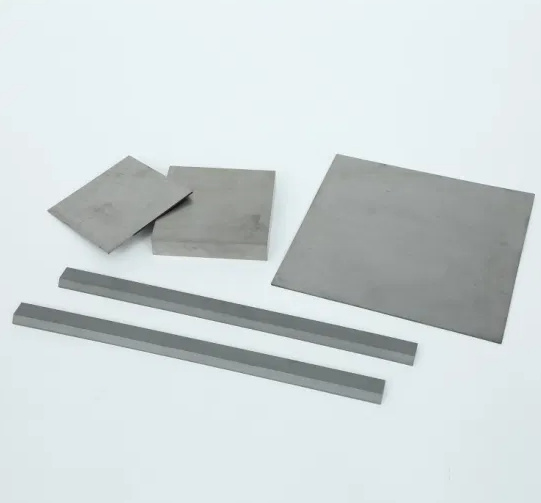Overview of Tungsten Carbide Indexable Inserts
Tungsten carbide indexable inserts are a cornerstone in the world of machining. Whether you’re cutting, turning, milling, or boring, these tiny powerhouses are essential. They provide the durability and precision needed to tackle even the toughest materials. But what exactly are tungsten carbide indexable inserts, and why are they so crucial in modern machining?
In simple terms, these inserts are replaceable cutting tools made from tungsten carbide, a compound of tungsten and carbon known for its hardness and resistance to wear. These inserts are designed to be easily attached and detached from the tool holder, making them incredibly versatile and cost-effective. Let’s dive deeper into their types, applications, properties, and how to choose the right one for your needs.
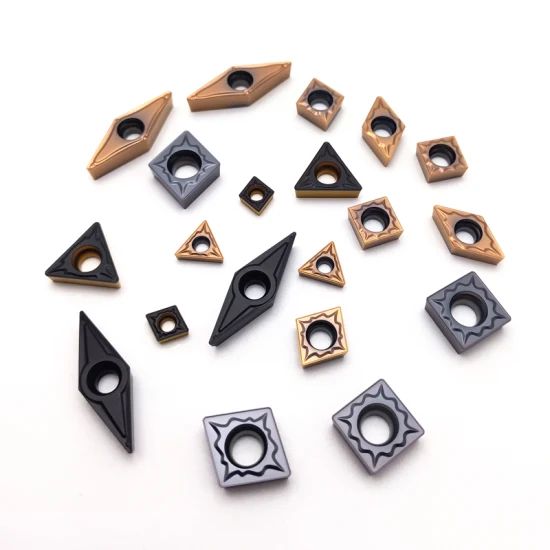
Types of Tungsten Carbide Indexable Inserts
Understanding the various types of tungsten carbide indexable inserts is key to selecting the right one for your application. Here’s a table that categorizes these inserts based on their geometry and cutting purpose:
| Insert Type | Shape | Application | Examples |
|---|---|---|---|
| Turning Inserts | Triangular | General turning, profiling | TNMG, CNMG, DNMG |
| Milling Inserts | Square | Face milling, shoulder milling | APKT, SEKT, RDHT |
| Drilling Inserts | Round | Drilling, boring | RCMX, SOMT |
| Grooving Inserts | Special | Grooving, parting | GTN, GCN, GRM |
| Threading Inserts | V-shaped | Internal and external threading | 16ER, 16IR, 11IR |
| Special Purpose Inserts | Custom shapes | Tailored for specific applications | Custom inserts based on needs |
Notable Metal Powder Models
To get even more specific, let’s explore some metal powder models that are frequently used in the manufacture of these inserts:
- WC-6%Co (Tungsten Carbide with 6% Cobalt): Known for its toughness and resistance to thermal shock, suitable for roughing operations.
- WC-10%Co: Offers a good balance between hardness and toughness, ideal for general purpose machining.
- WC-12%Co: Provides higher toughness, often used in heavy-duty operations.
- WC-15%Co: Extremely tough, used for interrupted cutting and rough machining.
- TiC (Titanium Carbide): Enhances wear resistance, often added to improve performance at high cutting speeds.
- TaC (Tantalum Carbide): Used to increase hot hardness and wear resistance, typically for high-speed applications.
- NbC (Niobium Carbide): Improves toughness and resistance to deformation.
- VC (Vanadium Carbide): Adds to wear resistance and cutting edge stability.
- Cr3C2 (Chromium Carbide): Provides corrosion resistance and improved performance at elevated temperatures.
- Mixed Carbides: Combines different carbides to optimize properties for specific applications.
Applications of Tungsten Carbide Indexable Inserts
Tungsten carbide indexable inserts are versatile and find applications in various industries. Here’s a detailed table that outlines their primary uses:
| Industry | Application | Description |
|---|---|---|
| Automotive | Engine components, transmission parts | High precision and durability for critical engine parts |
| Aerospace | Structural components, turbine blades | High performance materials requiring excellent wear resistance |
| Medical | Surgical instruments, implants | Biocompatible and precise machining for medical tools |
| Oil & Gas | Drilling equipment, pipeline components | Toughness and wear resistance for harsh drilling conditions |
| Construction | Heavy machinery, tool bits | Durable and reliable for rough working environments |
| General Manufacturing | Tools, molds, dies | Versatile and cost-effective for everyday manufacturing needs |
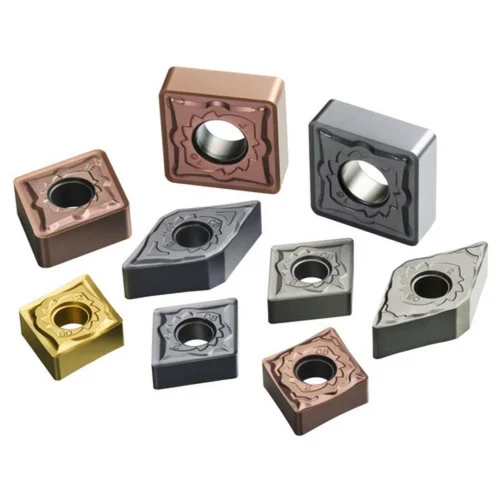
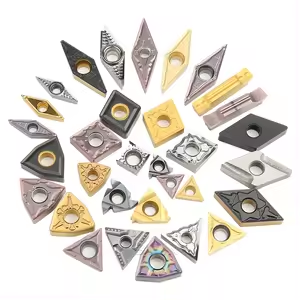
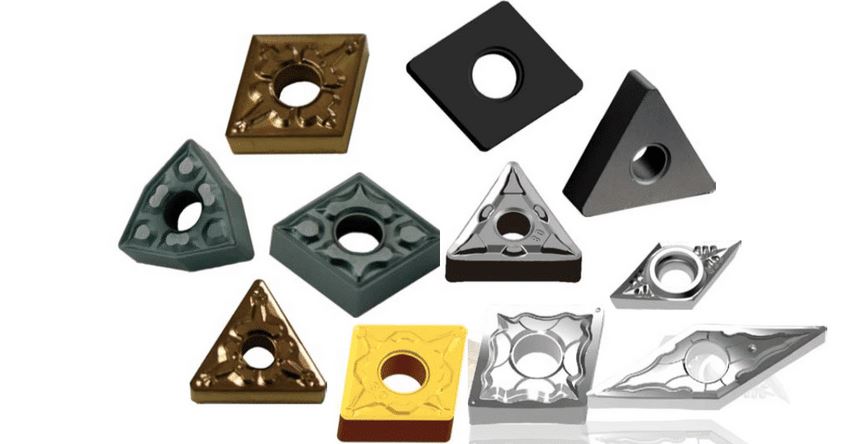
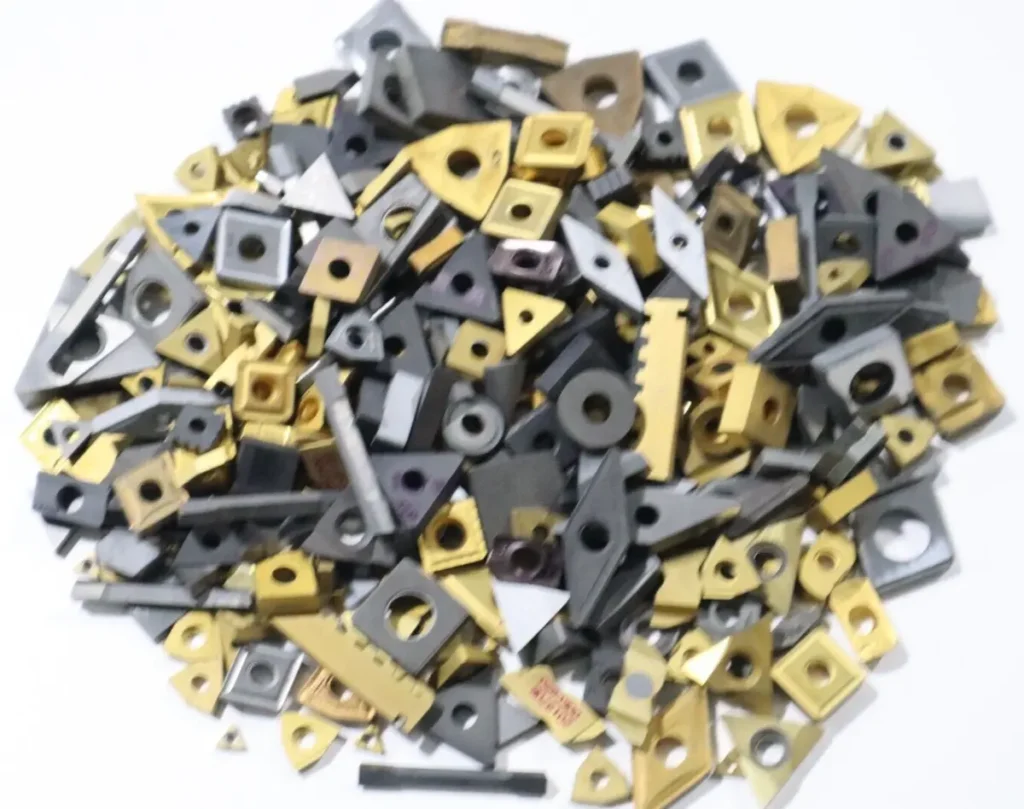
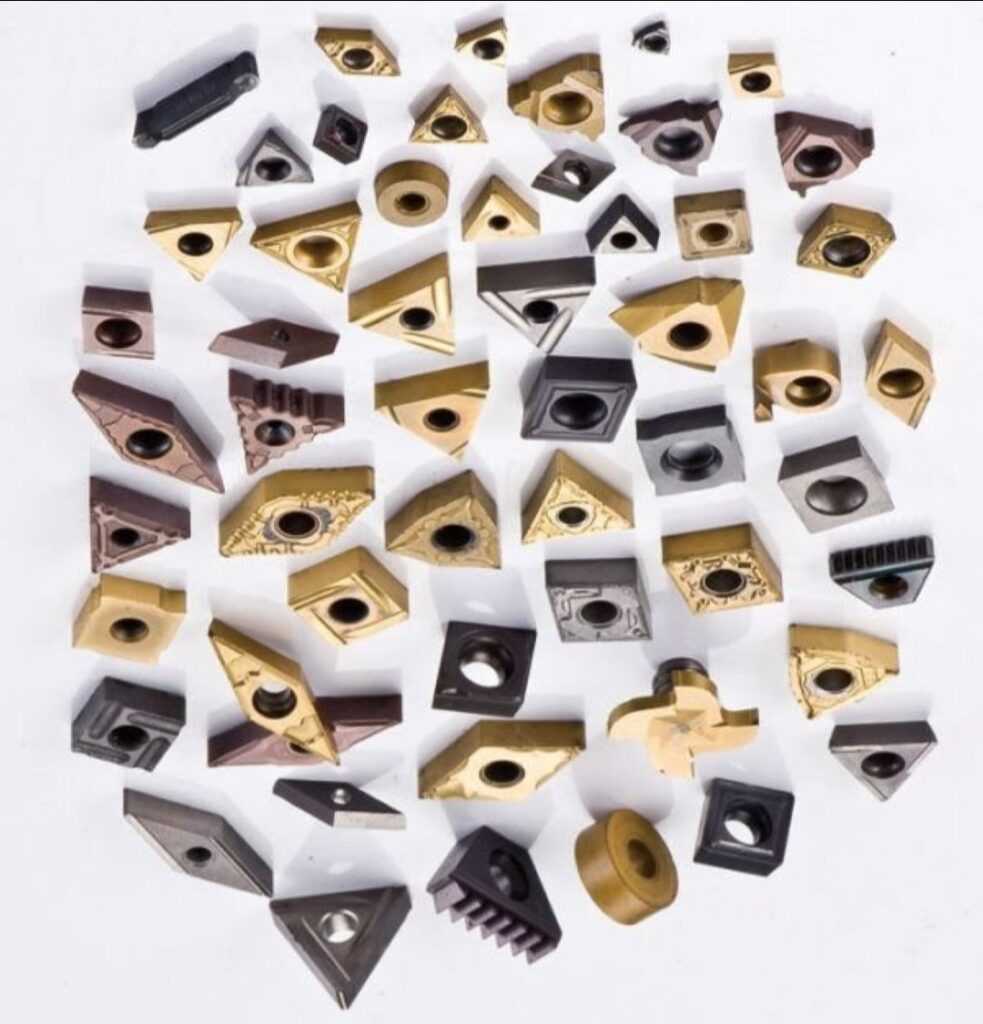
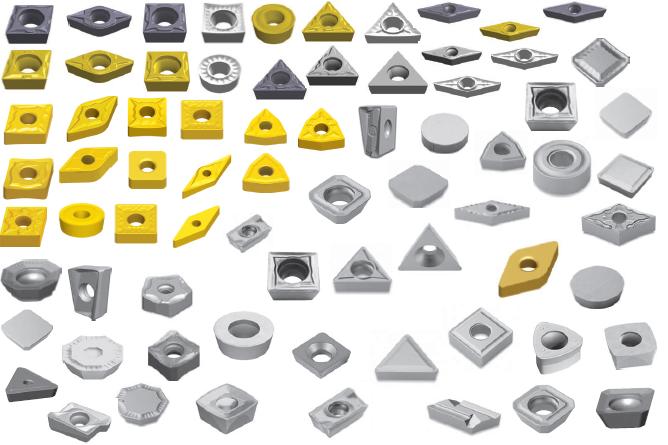
Material Properties of Tungsten Carbide Indexable Inserts
The material properties of tungsten carbide inserts play a crucial role in their performance. Here’s a table highlighting some key properties:
| Property | Description |
|---|---|
| Hardness | Ranges between 85-92 HRA, ensuring cutting edge retention |
| Toughness | High fracture toughness to withstand heavy loads |
| Wear Resistance | Exceptional resistance to abrasion and wear |
| Thermal Conductivity | Efficient heat dissipation to prevent overheating |
| Corrosion Resistance | Resistant to oxidation and chemical reactions |
Composition and Characteristics
The composition of tungsten carbide indexable inserts is a fine balance of different materials to optimize their performance. Here’s a table detailing their composition and characteristics:
| Component | Percentage | Characteristic |
|---|---|---|
| Tungsten Carbide (WC) | 70-90% | Provides hardness and wear resistance |
| Cobalt (Co) | 6-15% | Acts as a binder, enhances toughness |
| Titanium Carbide (TiC) | 2-5% | Improves wear resistance and cutting performance |
| Tantalum Carbide (TaC) | 1-3% | Increases hot hardness |
| Other Additives | 0.5-2% | Tailored to specific requirements (e.g., corrosion resistance) |
Hardness, Strength, and Wear Resistance
Here’s a table showing the hardness, strength, and wear resistance of various tungsten carbide grades used in indexable inserts:
| Grade | Hardness (HRA) | Transverse Rupture Strength (MPa) | Wear Resistance |
|---|---|---|---|
| WC-6%Co | 89 | 2800 | High |
| WC-10%Co | 88 | 3000 | Medium-High |
| WC-12%Co | 87 | 3200 | Medium |
| WC-15%Co | 85 | 3500 | Medium-Low |
| Mixed Carbides | 90 | 2900 | Very High |
Specifications, Sizes, Shapes, and Standards
Tungsten carbide indexable inserts come in various specifications to suit different machining needs. Here’s a table summarizing these aspects:
| Specification | Detail |
|---|---|
| Sizes | Ranges from micro to large sizes for various tools |
| Shapes | Triangular, square, round, diamond, custom shapes |
| Standards | ISO, ANSI, DIN, JIS |
Suppliers and Pricing Details
Finding the right supplier is crucial for getting quality tungsten carbide inserts. Here’s a table listing some notable suppliers and pricing details:
| Supplier | Location | Price Range (per insert) | Website |
|---|---|---|---|
| Sandvik Coromant | Global | $5 – $20 | www.sandvik.coromant.com |
| Kennametal | USA, Global | $6 – $25 | www.kennametal.com |
| Seco Tools | Europe, Global | $7 – $22 | www.secotools.com |
| ISCAR | Israel, Global | $8 – $30 | www.iscar.com |
| Kyocera | Japan, Global | $5 – $18 | www.kyocera.com |
| Mitsubishi Materials | Japan, Global | $6 – $20 | www.mitsubishicarbide.com |
How to Select the Right Tungsten Carbide Indexable Inserts
Selecting the right tungsten carbide indexable inserts can be tricky. Here’s a table to guide you through the key considerations:
| Consideration | Detail |
|---|---|
| Material to be Machined | Steel, aluminum, titanium, etc. |
| Machining Operation | Turning, milling, drilling, etc. |
| Insert Shape and Size | Depends on tool holder and application |
| Coating | TiN, TiCN, Al2O3, depending on wear resistance needed |
| Cutting Speed and Feed Rate | Determines the insert grade and coating |
Advantages and Limitations of Tungsten Carbide Indexable Inserts
Here’s a comparative table of the advantages and limitations of tungsten carbide indexable inserts:
| Aspect | Advantages | Limitations |
|---|---|---|
| Durability | Long-lasting due to high hardness and wear resistance | Can be brittle under high impact |
| Cost-Effectiveness | Replaceable tips reduce overall tooling costs | Higher upfront cost compared to HSS tools |
| Versatility | Wide range of applications and materials | Requires careful selection for specific uses |
| Precision | Maintains tight tolerances | Sensitive to improper handling |

FAQs
What are tungsten carbide indexable inserts?
These are replaceable cutting tools made from tungsten carbide, used in various machining operations.
How do I choose the right insert?
Consider the material to be machined, the type of machining operation, and the desired finish.
Benefits of using tungsten carbide inserts?
They offer high hardness, wear resistance, and precision, making them ideal for various applications.
Can they be reused?
Yes, they can be re-sharpened and reused multiple times, adding to their cost-effectiveness.
What coatings are available for tungsten carbide inserts?
Common coatings include TiN, TiCN, and Al2O3, which enhance wear resistance and performance.
Are there different grades of tungsten carbide inserts?
Yes, different grades are available based on their composition, hardness, and toughness.
Where can I buy tungsten carbide inserts?
They can be purchased from various suppliers like Sandvik, Kennametal, Seco Tools, and more.
What industries use tungsten carbide inserts?
Automotive, aerospace, medical, oil & gas, construction, and general manufacturing.
Conclusion
Tungsten carbide indexable inserts are indispensable in modern machining, providing unparalleled durability, precision, and versatility. By understanding the types, applications, material properties, and how to select the right insert, you can significantly enhance your machining efficiency and cost-effectiveness. Whether you are in the automotive, aerospace, or general manufacturing industry, these inserts are the go-to solution for your cutting needs.

